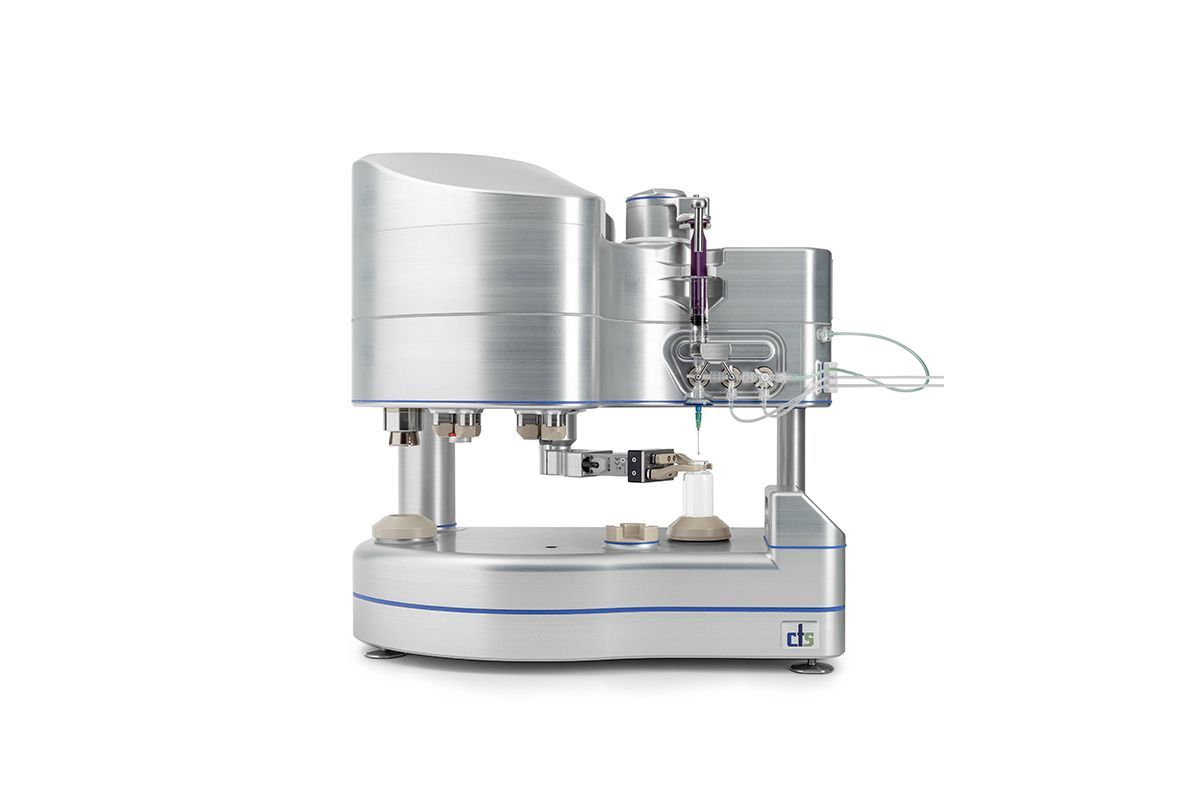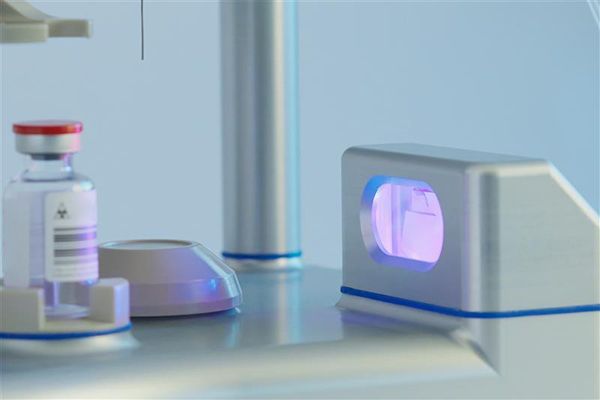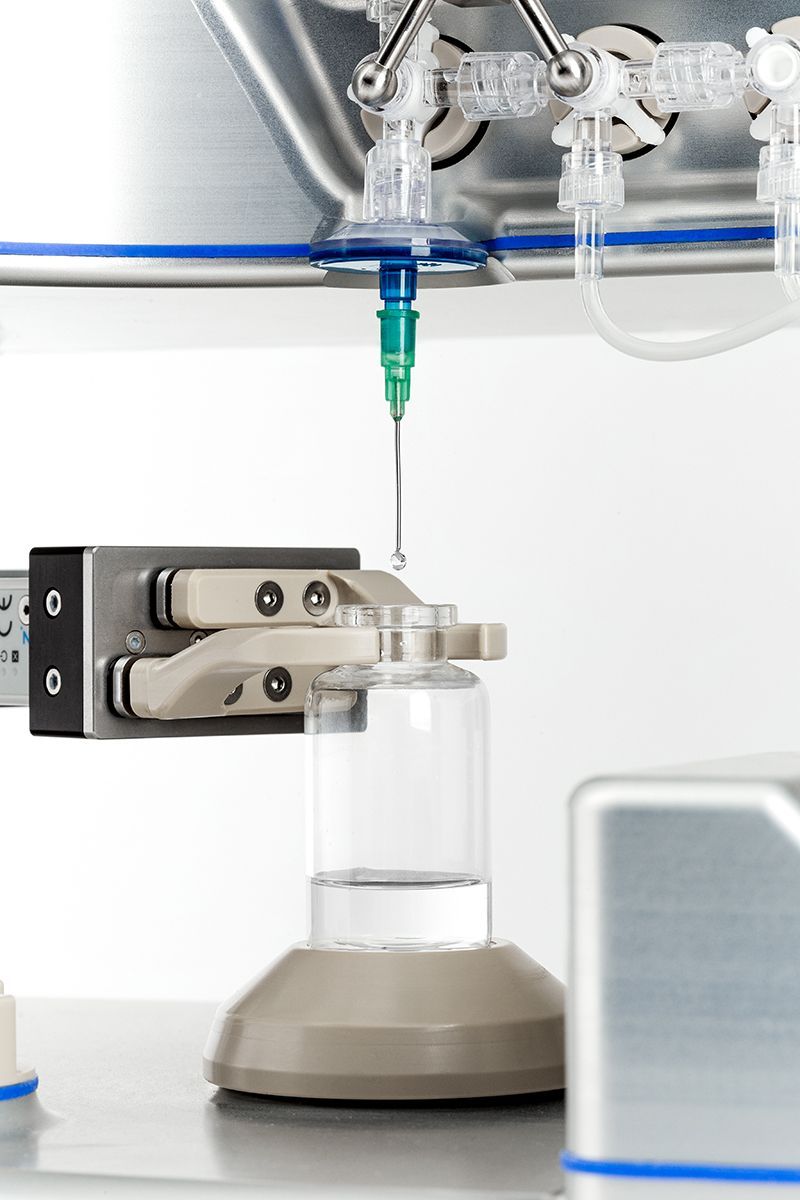Why Our Open Vial Dispensing System (OVD) is a New Standard Product for Radiological Medicine
Precise dosing, fewer errors, and maximum efficiency are key. We developed the OVD system to solve the problems of inefficient manual processes and high dosing errors, making the work of radiologists and pharmaceutical professionals safer and easier.
Why We Had to Act: Manual Processes Carry Risks
Our years of experience in automating complex technical processes always leads to the same conclusion: manual processes are not only slow but also pose significant error risks. However, in radiopharmacy, these errors can have serious consequences—from incorrect dosages that affect the usability of batches to critical risks to patient safety. Additionally, the immense regulatory pressure continues to grow: the demands for precision, documentation, and compliance are increasing, and any deviation can result in lengthy audits and high costs.
Radiology departments, therefore, need to become more efficient, despite the limited space available in cleanrooms, as the demand for compact, safe, and powerful systems has never been higher. However, automated solutions that meet all of these requirements in one compact system are hard to find in the market—and this is where the Open Vial Dispensing System (OVD) from cts Group comes in.
We asked ourselves: How can we develop a system that overcomes these obstacles and revolutionizes radiopharmacy? The result is the Open Vial Dispensing System (OVD)—a solution we developed from practice for practice. Our vision was to create a standard product that not only addresses local challenges but also solves the global challenges in radiopharmacy.



The Creation: From Idea to Refined Product
The development of the OVD system was not a straightforward success story—it was shaped by setbacks, learning experiences, and the constant pursuit of perfection. We started with a stationary vial and a rotating tool magazine. This first version operated with pneumatic components, and we quickly encountered the first hurdles: the pneumatic tools were too imprecise and lacked the necessary flexibility to meet the high demands.
After numerous tests and failures, we decided to switch to electric tools. This step was crucial because, with the change, we were able to ensure the required precision and flexibility, thus meeting the regulatory requirements of radiopharmacy. It was a huge effort, but we knew it was the only way to deliver the quality that users need to produce safe products.
Another major challenge was the housing of the system. The entire system had to function reliably under radioactive radiation, which meant that all components had to withstand this stress permanently without losing functionality or stability.
The first attempts with a plastic housing failed due to lack of stability, but robustness was essential, while ensuring the system was not too heavy. After several prototypes and materials, we decided on a refined aluminum housing—stable, lightweight, and ideal for the requirements of a Class-A isolator.
AI and Agility: How We Found the Optimal Solution
A turning point in the development process was the challenge of realizing a Hygienic Design that could function reliably under both the extreme conditions of radiation exposure and the strict hygiene standards. This is where the use of artificial intelligence (AI) came into play. We utilized AI to simulate different design approaches, particularly those that could ensure smooth, easy-to-clean surfaces, helping us find the optimal solution for the hygienic design before moving into the prototype phase. Thanks to our agile approach, we were able to identify potential issues early and iterate quickly. This not only saved time but also allowed us to develop a well-thought-out and future-proof concept.
Constant iteration and learning from mistakes were crucial for us. Throughout the development process, we repeatedly paused, reflected, and placed the needs of our users at the center. Every decision, whether it was switching from pneumatic to electric tools or completely redesigning the housing, was based on real challenges from the field. We had to ensure that our system would not only function technically flawless but also withstand the everyday stresses and requirements of the users. Every hurdle we overcame was a step toward creating a product that meets market demands and sustainably improves the work of the users.
The Solution: A Closed-Loop System that Meets All Requirements
The result is a closed-loop system that meets the high standards of radiopharmacy. With a dosing accuracy of ± 1 µl and a self-calibrating weighing system, the OVD system ensures that each dose is precisely filled for the patient—without the risk of batch errors and technical malfunctions. Additionally, the system automates complex recipe processes, ensuring that even demanding dosages are reliably and consistently managed. To accommodate facilities with limited space, the compact design allows integration into existing cleanrooms and Class-A isolators.
Thanks to hermetic process control, the OVD system minimizes the contamination risk while simultaneously increasing safety for users. The integrated quality assurance and automated crimping function ensure that the workflow remains stable and scalable, drastically reducing sources of error. The OVD system meets all major global standards, including cGMP, GAMP5, and FDA 21 CFR Part 11.
The Result: A Standard Product for the Future of Radiopharmacy
The journey to this system was filled with challenges, but every hurdle we overcame brought us closer to our goal. Today, we are proud to have created a standard product that not only meets the daily requirements of radiology departments but also addresses global challenges, such as the growing demand for personalized medicine.
With the OVD system, we offer a solution that combines efficiency, precision, and safety. "The OVD system takes radiopharmaceutical dosing to the next level," says Alfred Pammer, VP of Sales, Marketing, and Product Management at cts GmbH. "We are proud to provide a solution that not only improves the workflow but also actively contributes to patient safety."
Are you facing challenges in radiopharmacy, such as inefficient manual processes, high dosing errors, or lack of space? Let’s explore together how the OVD system can solve these issues for you. Contact our team through our contact form – we are here to help you make your processes more efficient and ensure the safety of your operations in the long term.
Unternehmen | About cts
Kontakt | Contact
Karriere | Career
Impressum | Imprint
Datenschutz | Privacy
AGB | GTC
Blog | News
Presse | Press
Glossar | Glossary

cts GmbH competence for technical solutions
Fuhrmannstraße 10
84508 Burgkirchen a.d. Alz
All rights reserved cts GmbH 2025 ©


